Mirakjeong (미락정)
3.1Km 2021-03-30
52, Sejong-daero 9-gil, Jung-gu, Seoul
+82-2-778-7210
It is a place where pork cutlet is made directly with domestic pork. This restaurant's signature menu is house-made jumbo sized pork cutlet. This Korean dishes restaurant is located in Jung-gu, Seoul.
Chungdong First Methodist Church (서울 정동교회)
3.1Km 2020-06-25
46, Jeongdong-gil, Jung-gu, Seoul
+82-2-753-0001
Chungdong Church, having being completed in 1897, was the first Christian church that was built after the spread of Protestantism in Korea. The church was founded in 1887 as a small worship house under the name Bethel by Henry Gerhard Appenzeller, an American missionary. As the number of followers increased, the building underwent construction and officially became a church in 1895. Chungdong Church is the only remaining church building from the 19th century. The church was expanded once more in 1926, changing its from a cross-shaped building to a square one. The expansion was made by adding walls using bricks as not to damage the original building structure. The architecture was built in a simplified version of an American gothic house with arched window frames.
Olive Young - Sookmyung Women’s Univ. Branch [Tax Refund Shop] (올리브영 숙대)
3.2Km 2024-04-18
19, Cheongpa-ro 45-gil, Yongsan-gu, Seoul
-
Cheongsongok (청송옥)
3.2Km 2024-02-20
14 Seosomun-ro 11-gil, Jung-gu, Seoul
Cheongsongok is a jangteo gukbap (rice soup) restaurant that opened in 1984. The signature menu is jangteo gukbap, a rice soup with green onions and radishes in beef bone broth. The kimchi served with the gukbap is homemade, known for its spicy flavor and crisp texture. Nearby is Deoksugung Palace, and the Seokjojeon Hall in Deoksugung Palace presents a picturesque landscape harmonized with the garden, making it a popular spot for photography.
Hwanghakjeong Pavilion (황학정)
3.2Km 2020-04-02
15-32, Sajik-ro 9-gil, Jongno-gu, Seoul
+82-2-738-5785
Hwanghakjeong Pavilion was built in 1898 by decree of King Gojong’s. It was originally set up close to the northern wall of Hoesangjeon in Gyeonghuigung Palace for archery practice. In 1922 when the Japanese colonial government sold buildings of Gyeonghuigung Palace to the public to build Gyeongseong Middle School in the location, the Hwanghakjeong Pavilion was bought and restored at the current location, which is an old site of Deunggwajeong Pavilion located to the North of Sajik Park.
It is relatively large for a pavilion, but the structure is plain and simple. There is a well behind the pavilion to the southwest. A rock behind the well has an engraved poem about eight beautiful scenes of Hwanghakjeong. Located to the right of the pavilion building (northeast of the building) is Hancheongak Pavilion, which has unique roof. To the west of the pavilion is Sauhoegwan Hall that was built with reinforced concrete.
Cha Fertility Ceter - Seoul Station ((의)성광의료재단 차여성의원)
3.2Km 2025-07-07
(2nd Floor, Seoul Square), 416 Hangang-daero, Jung-gu, Seoul
Since opening in 2015, CHA Fertility Center - Seoul Station has served as Korea's leading fertility treatment center. Based on the know-how of CHA University Gangnam Medical Center, the first private hospital to deliver a test-tube baby in 1986, CHA Fertility Center - Seoul Station is conveniently located near the center of Seoul, making it convenient for domestic and international fertility clients. Foreign fertility patients who arrive in Korea via Incheon Airport not only have easy access to the clinic via the direct rail linking Seoul and the airport but also benefit from the capital city's excellent infrastructure (transportation, tours, accommodations, restaurants, etc.) for a safe and comfortable fertility treatment during their stay. In particular, many international residents in Korea, embassy officials, U.S. soldiers, and Koreans living abroad visit CHA Fertility Center for fertility treatment.
Seoul Former Russian Legation (서울 구 러시아공사관)
3.2Km 2020-06-18
21-18, Jeongdong-gil, Jung-gu, Seoul
+82-2-3396-5882
The Russian Legation was built in a Renaissance style in 1890. Russian architect, A. J. Scredin Sabatine designed the structure. In 1895, during the Joseon dynasty, the Eulmisabyeon Incident took place as a show of force by the Japanese.
Empress Myeongseong-hwanghu was emerging as a strong figure in Korea at a time when a power struggle between Japan, China, Russia, and other powers were taking place. Japanese Minister, Miura Goro saw her as a threat and ordered her assassination. After hearing news of the Empress’s assassination, King Gojong and the Crown Prince sought refuge in the Russian Embassy for one year.
After 1945, the Soviet Union took over the embassy until it was almost completely destroyed by a fire during the Korean War [1950~1953]. The only remaining parts of the building are the tower and basement areas. The building was restored to its current condition in 1973 and is now enjoyed by many as a public park.
Ilpum Garden (일품가든)
3.2Km 2021-03-30
109-10, Seosomun-ro, Jung-gu, Seoul
+82-2-3789-7295
This is a restaurant where you can taste both shabu-shabu (sliced meat and vegetables boiled in water) and roasted meat. This Korean dishes restaurant is located in Jung-gu, Seoul. The representative menu is shabu-shabu.
Seoul Museum of History (서울역사박물관)
3.2Km 2025-01-17
55 Saemunan-ro, Jongno-gu, Seoul
Seoul Museum of History covers everything about Seoul's history and culture from the prehistoric era to modern times, focusing especially on the Joseon era. The museum aims to raise cultural awareness and build a strong bond within the community by collecting, preserving, researching, and displaying artifacts and materials related to Seoul as well as promoting the city's history and culture to an international audience.
Jungmyeongjeon Hall (중명전)
3.2Km 2025-01-09
41-11, Jeongdong-gil, Jung-gu, Seoul
+82-2-752-7525
Located near Deoksugung Palace, Jungmyeongjeon Hall is a red-brick modern Western-style building. It was built in 1899 as the imperial library of the Korean Empire. After Deoksugung Palace caught on fire in 1904, the place became the temporary residence of Emperor Gojong. It also witnessed the tragic part of history in which the infamous Eulsa Treaty (Japan-Korea Protectorate Treaty), an illegal treaty forced by Japan, was signed in 1905. Its exhibition hall serves as a place for historical education.
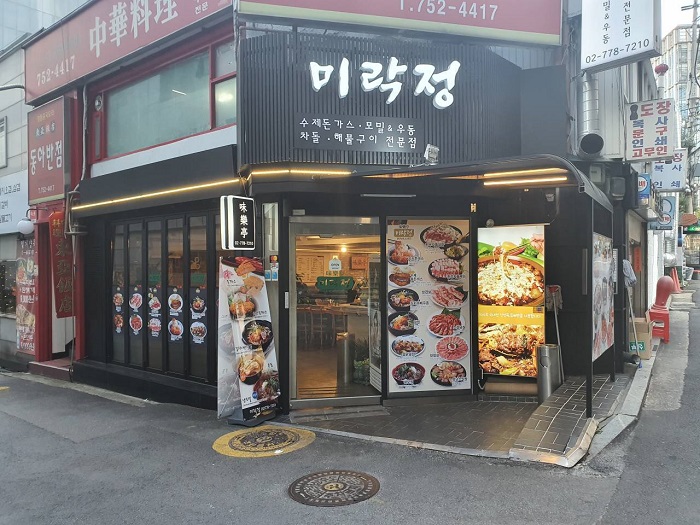
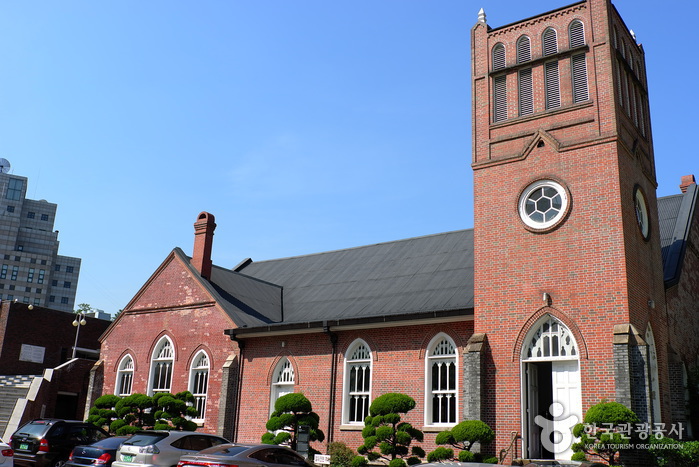
![Olive Young - Sookmyung Women’s Univ. Branch [Tax Refund Shop] (올리브영 숙대)](http://tong.visitkorea.or.kr/cms/resource/25/2889625_image2_1.jpg)
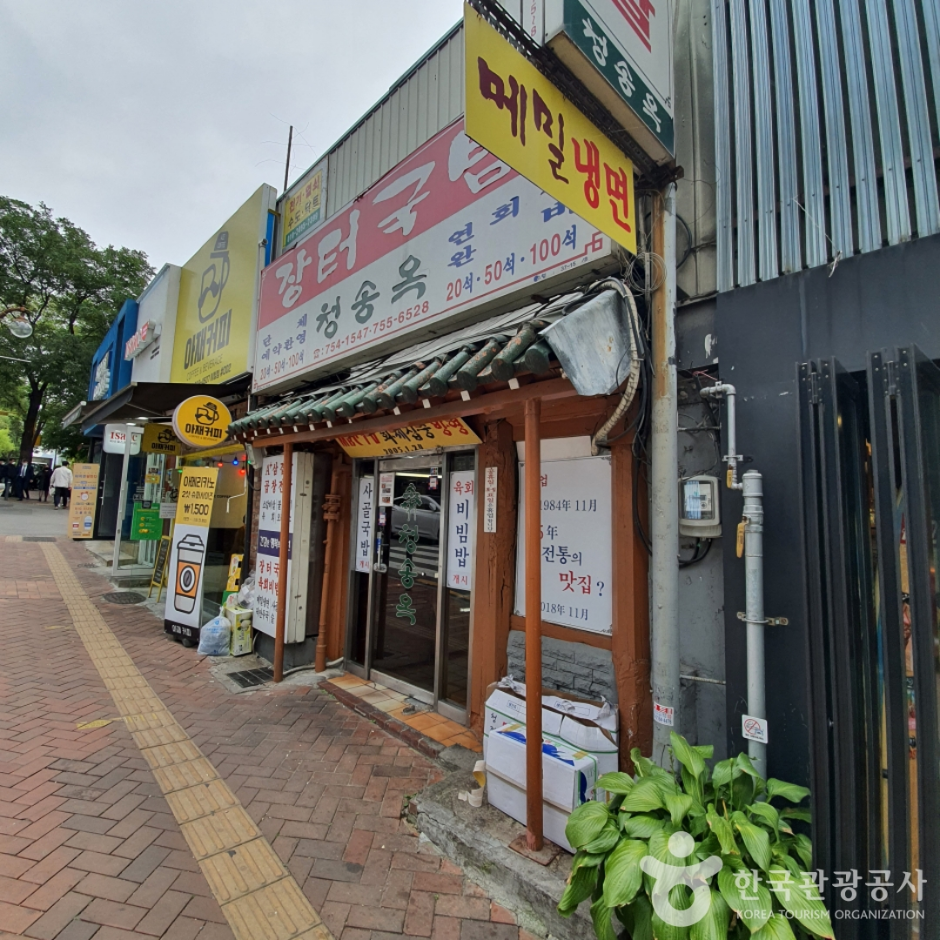
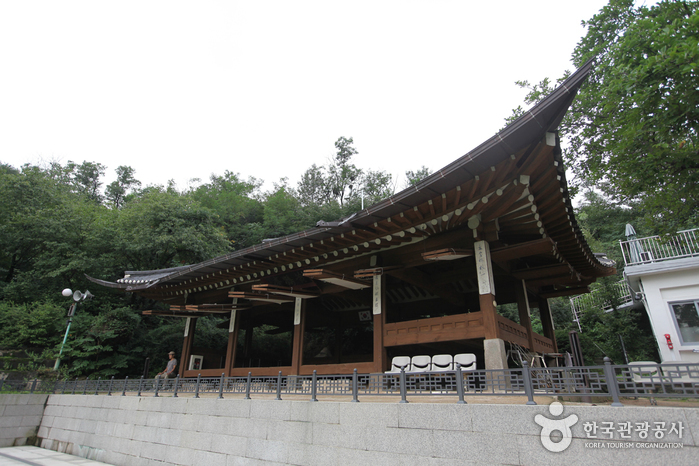

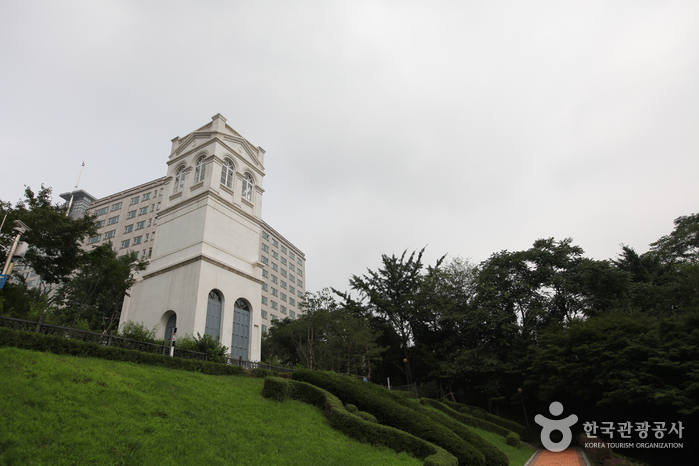
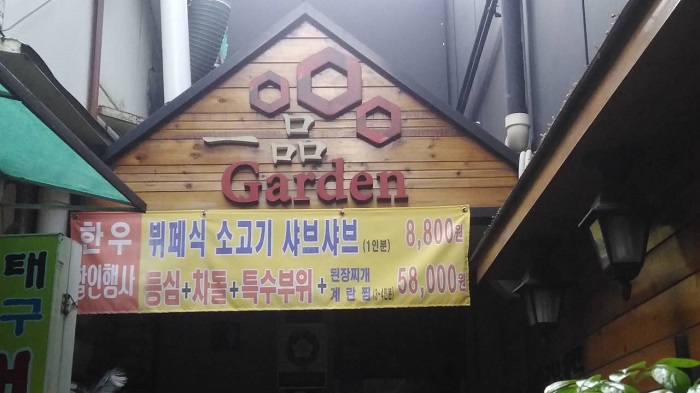
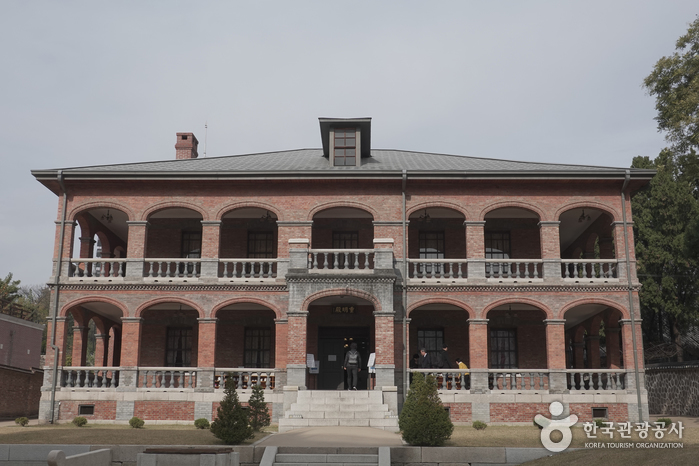
 English
English
 한국어
한국어 日本語
日本語 中文(简体)
中文(简体) Deutsch
Deutsch Français
Français Español
Español Русский
Русский